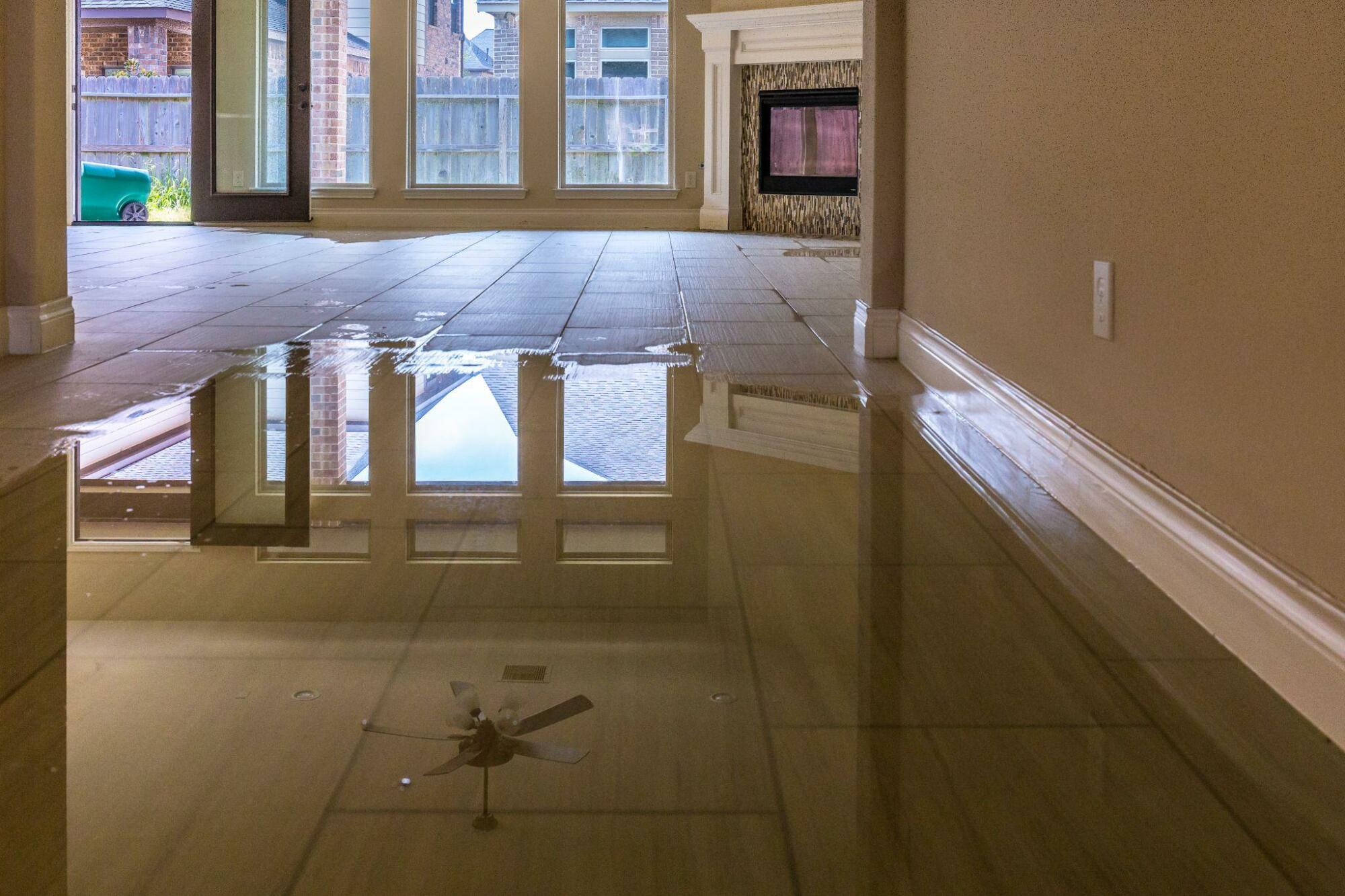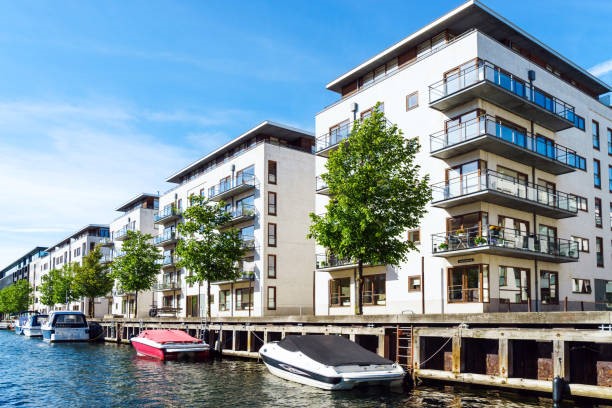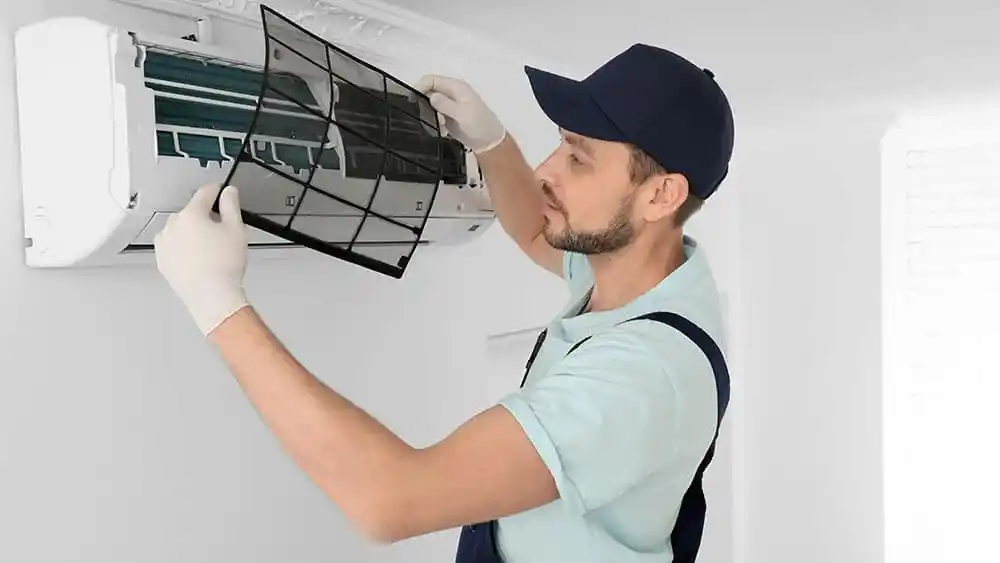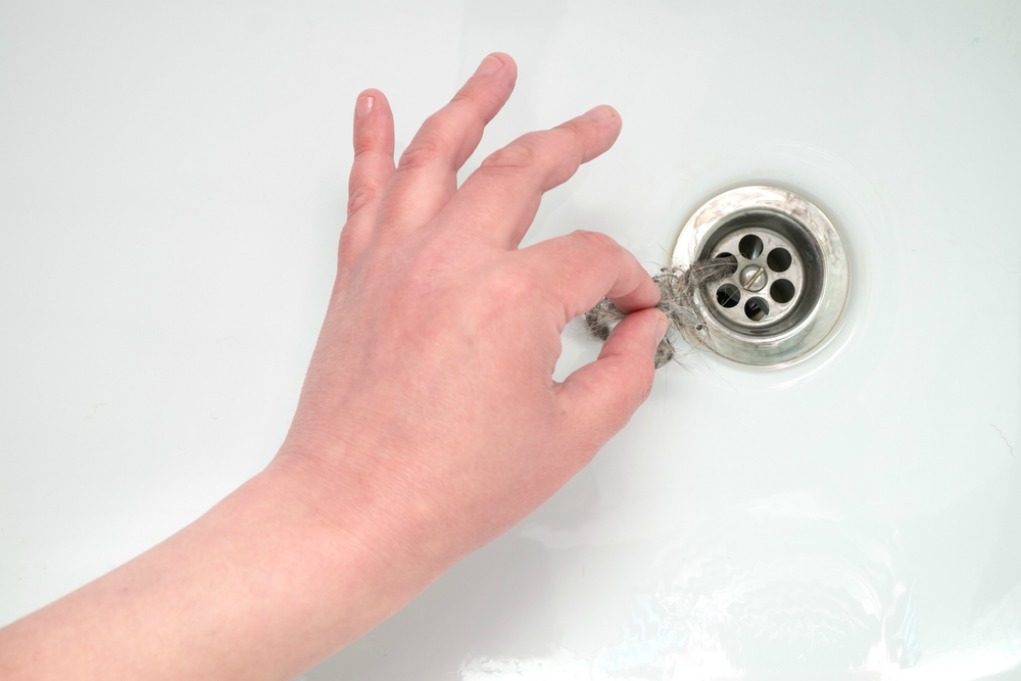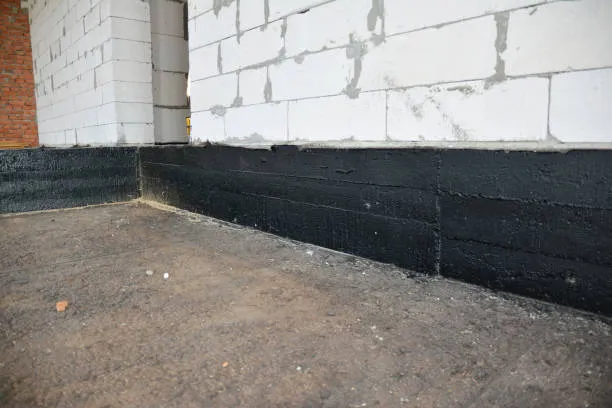Water damage is a homeowner’s worst nightmare, often resulting in costly repairs and potential health hazards. From burst pipes to leaky roofs, there are various causes of water damage in homes. Understanding these common culprits and implementing effective solutions can help you safeguard your home and prevent water damage. In this article, we will explore the most prevalent causes of water damage and provide practical solutions to protect your property.
Common Causes of Water Damage
1. Leaky or Burst Pipes
Leaky or burst pipes are one of the leading causes of water damage in homes. These issues can occur due to aging pipes, corrosion, freezing temperatures, or excessive water pressure. When pipes leak or burst, they can release a substantial amount of water, leading to severe damage if not addressed promptly.
2. Roof Leaks
A damaged or poorly maintained roof can allow water to seep into your home. Roof leaks often occur due to missing shingles, damaged flashing, or the aging of roofing materials. Rainwater or melting snow can infiltrate your home through these vulnerable areas, causing damage to ceilings, walls, and insulation.
3. Appliance Malfunctions
Appliances such as washing machines, dishwashers, and water heaters are equipped with hoses and connections that can degrade over time. A malfunctioning or ruptured hose can lead to significant water damage, particularly when appliances are left unattended during operation.
4. Clogged Drains and Sewer Backup
Clogged drains and sewer backups can result in water damage in basements and lower levels of your home. When wastewater cannot drain away freely, it may back up into your plumbing system, causing flooding and contamination.

Image: Shutterstock / Radovan1
5. Foundation Issues
Cracks or weaknesses in your home’s foundation can allow groundwater to seep into your basement or crawl space. Hydrostatic pressure from saturated soil can force water through foundation cracks, leading to structural damage and flooding.
6. Poorly Maintained Gutters and Downspouts
Clogged or damaged gutters and downspouts can prevent proper rainwater drainage from your roof. As a result, water can overflow and collect near your home’s foundation, increasing the risk of water damage.
7. Window and Door Leaks
Improperly sealed windows and doors can allow rainwater to infiltrate your home during storms. Over time, this can lead to water damage to walls, frames, and nearby structures.
Solutions to Prevent Water Damage
1. Regular Plumbing Inspections
To prevent pipe-related water damage, schedule regular plumbing inspections. Look for signs of leaks or corrosion and replace old pipes and water valves when necessary. Additionally, consider insulating pipes in cold climates to prevent freezing and bursting.
2. Roof Maintenance
Regularly inspect your roof for signs of damage or wear, especially after severe weather events. Replace damaged shingles, repair flashing, and keep gutters clean to ensure proper water runoff.
3. Appliance Maintenance
Inspect and maintain appliances with water connections. Replace worn hoses and connectors, and consider installing water leak detection devices that can shut off the water supply if a leak is detected.
4. Preventive Drain Cleaning
Regularly clean drains and have sewer lines inspected by professional plumbing technicians to prevent clogs and backups. Properly dispose of grease, hair, and other debris to maintain clear drainage.
5. Foundation Waterproofing
Consider waterproofing your home’s foundation by sealing cracks and applying waterproof coatings. Ensure proper grading around your home to direct water away from the foundation.
6. Gutter and Downspout Maintenance
Clean gutters and downspouts regularly to ensure efficient water drainage from your roof. Install gutter guards to prevent debris buildup and direct downspouts away from your home’s foundation.
7. Seal Windows and Doors
Inspect and seal windows and doors to prevent water infiltration. Use weatherstripping and caulking to seal gaps and cracks effectively.
8. Install a Sump Pump
Consider installing a sump pump in your basement or crawl space in areas prone to flooding or with high groundwater levels. A sump pump can help remove excess water and prevent flooding. If you already have a sump pump, install a battery or water-powered backup sump pump that will operate in the event of a power failure or if your primary pump fails.
9. Home Insurance
Review your homeowner’s insurance policy to ensure it covers water damage. Consider adding additional coverage for specific water-related risks if necessary.
10. Emergency Plan
Create an emergency plan that includes steps to take if water damage occurs. Know the location of shut-off valves and switches for water, gas, and electricity in your home.
Conclusion
Water damage is a common and potentially devastating issue that homeowners face. By understanding the common causes and implementing preventive measures, you can significantly reduce the risk of water damage in your home. Regular maintenance, inspections, and preparedness are key to protecting your property and ensuring a dry and safe living environment for you and your family. Don’t wait until water damage strikes—take action now to safeguard your home from the potential effects of water intrusion.
